Water Safety and Backflow Prevention
Protecting drinking water, conserving water resources, and providing resilience to all buildings
Sponsored by WATTS Water Technologies, Inc.
The resiliency and safety of a drinking water system can be assured through a basic understanding of cross-connection controls. These mechanical controls provide the barrier between pollutants and the public supply of fresh drinking water. A cross-connection as defined by the Environmental Protection Agency, is any actual or potential connection between the public water supply and a source of contamination or pollution. Such cross-connections constitute a hazard to the building occupants. These connections can jeopardize the cleanliness and potability of the public water system, in the event of a backflow or backsiphonage event. This article will review the basics of these important mechanical devices, from simple vacuum breakers on hose bibs to detector assemblies for fire sprinkler systems. Although these devices are not usually specified by architects and may seem like a small part of building design, their importance is critical to securing safe drinking water and meeting public health standards. The early analysis of cross-connection controls includes many advantages to the design professional. These include improved designs for mechanical rooms, better project scheduling, safer site infrastructure, easier permitting, and proper equipment maintenance. An architect who assembles complete project delivery teams will include civil (site infrastructure), mechanical, and plumbing engineers. These professionals should be involved in project planning from initial programming through construction documentation and commissioning.

Photo courtesy of WATTS Water Technologies, Inc.
Watts is a global leader in the design and manufacture of innovative water solutions for residential, commercial and institutional environments. Products include an extensive line of flow control, filtration and treatment products for water quality, and residential plumbing & heating. Founded in 1874, Watts is headquartered in North Andover, MA.
LEARNING OBJECTIVES
- Identify the basics of backflow prevention regulated to provide safe drinking water.
- Describe cross-connection controls and the importance to total backflow protection.
- List backflow preventer selection criteria and the appropriate types of systems for various applications.
- Describe typical faults and failures associated with backflow preventers that can be prevented from schematic design through construction administration and commissioning.








